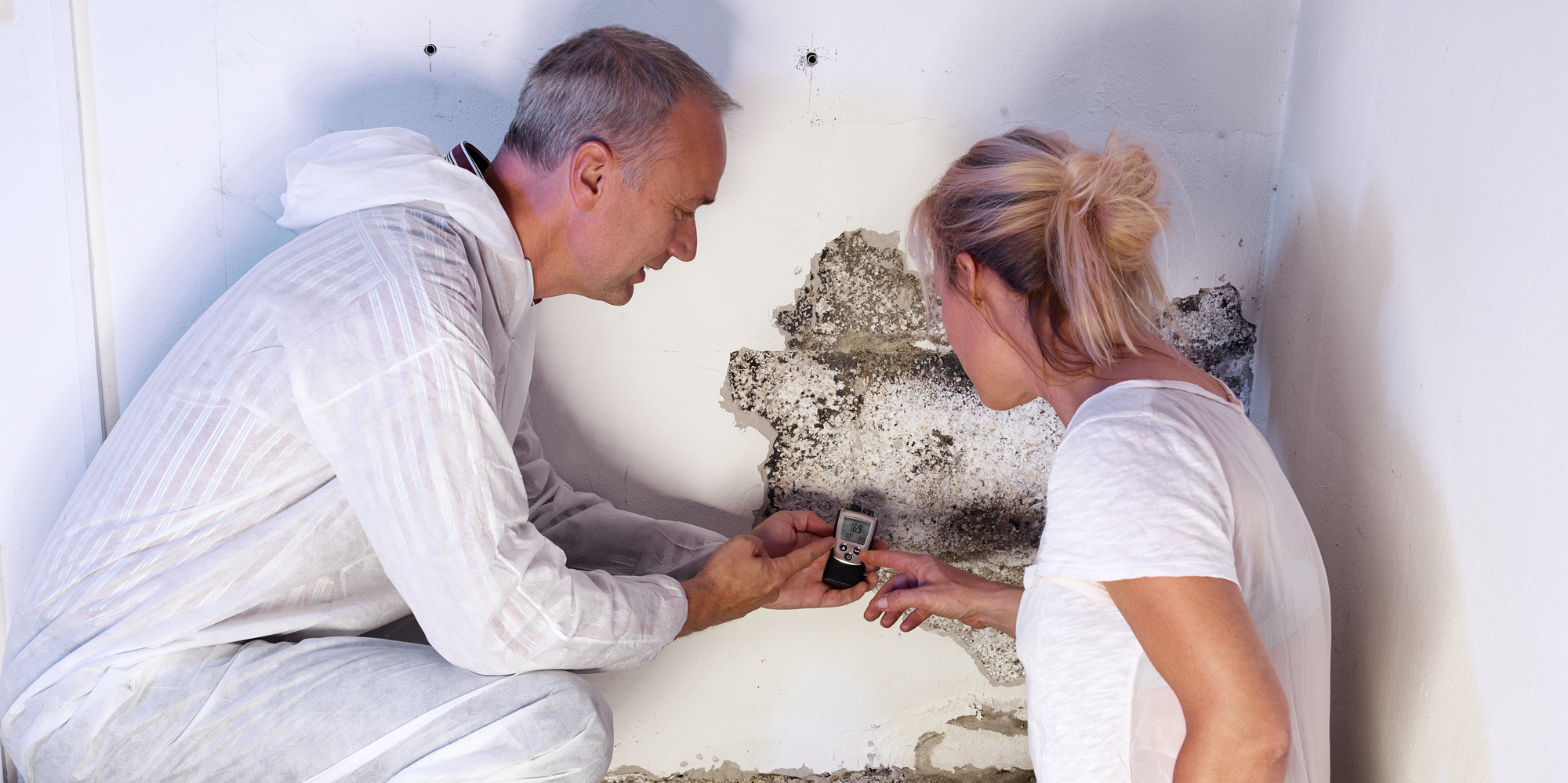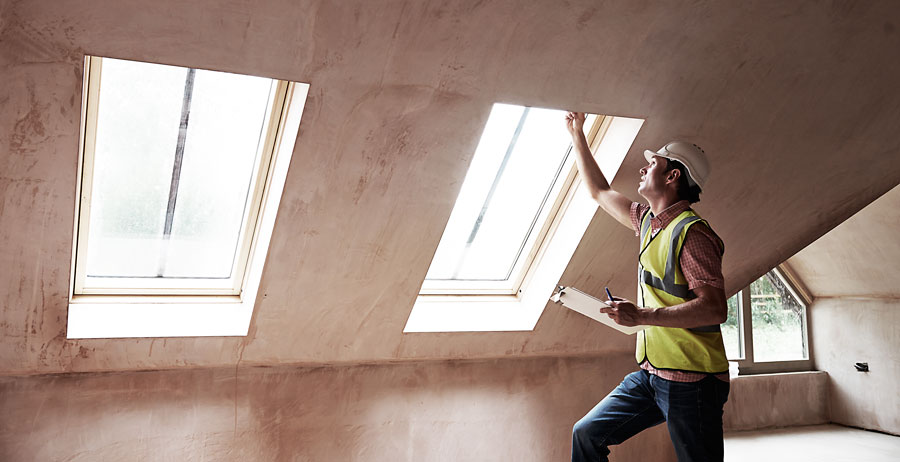Testing Air Quality After Mold Remediation
Testing Air Quality After Mold Remediation
Blog Article
Professional Tips for Blog Post Mold Removal Success
In the realm of mold and mildew removal, successfully removing mold and mildew is only half the fight; the real obstacle lies in stopping its reappearance. By adhering to experienced tips and best practices, individuals can guard their rooms versus mold and mildew renewal and maintain a healthy and balanced indoor environment.
Monitor Humidity Levels On A Regular Basis
Regular monitoring of moisture degrees is necessary in making certain the performance of blog post mold and mildew remediation initiatives. After finishing mold and mildew removal procedures, keeping optimum moisture levels is critical to stop mold and mildew re-growth and make sure a healthy interior atmosphere. Monitoring moisture levels permits for very early detection of any spikes or variations that could possibly bring about mold renewal. High humidity degrees over 60% develop a helpful atmosphere for mold and mildew to prosper, making routine keeping an eye on a proactive procedure to protect against any type of future mold problems - Post Mold remediation cleaning.
Furthermore, establishing a regular schedule for humidity checks, particularly in high-risk areas such as basements, shower rooms, and kitchen areas, is an aggressive technique to mold prevention. By consistently keeping track of moisture levels, property proprietors can efficiently minimize the risk of mold and mildew reoccurrence and maintain a healthy and balanced interior environment post-remediation.
Conduct Thorough Inspections Post-Remediation
Adhering to the completion of mold and mildew remediation procedures, it is important to perform extensive examinations to verify the performance of the remediation process. These post-remediation assessments are important in making certain that the mold and mildew issue has actually been effectively dealt with which there is no reappearance or staying mold development. Evaluations should be brought out by qualified specialists that have experience in identifying mold and evaluating interior air top quality.
Throughout these inspections, various techniques such as visual evaluations, air sampling, and surface sampling may be employed to completely review the remediated locations. Aesthetic evaluations involve a detailed assessment of the premises to look for any noticeable indications of mold and mildew growth or water damage. Air sampling aids in determining the airborne mold and mildew spore degrees, while surface area tasting can identify mold and mildew bits on surface areas.
Implement Appropriate Ventilation Techniques
After making certain the performance of the mold and mildew remediation procedure via comprehensive evaluations, the next important action is to concentrate on carrying out appropriate ventilation strategies. Ample air flow is necessary in stopping mold reoccurrence by controlling dampness degrees and promoting air circulation. To attain this, it is suggested to use exhaust followers in areas susceptible to high humidity, such as kitchen areas and bathrooms. In addition, opening up doors and windows when weather allows can help improve air movement and decrease dampness accumulation. Air purifiers and dehumidifiers are also beneficial devices in keeping optimum interior air quality.
Proper air flow not only help in avoiding mold and mildew growth but likewise adds to the total health and comfort of passengers. By guaranteeing ample air flow throughout the home, you can reduce the danger of mold and mildew regrowth and produce a healthier living atmosphere. Routine upkeep of air flow systems, consisting of cleansing and filter substitutes, is essential to sustaining effective ventilation. Consulting with cooling and heating professionals can offer more insights into optimizing air flow approaches for your specific home requirements.

Usage Mold-Resistant Materials for Repairs
To boost the long-lasting efficiency of mold and mildew remediation efforts, including mold-resistant products for repair services more info here is vital in alleviating the risk of future mold and mildew growth. Mold-resistant materials are made to stand up to wetness and prevent mold and mildew growth, making them a vital option for areas vulnerable to moisture and moisture. When fixing areas affected by mold and mildew, using materials such as mold-resistant drywall, mold-resistant paints, and mold-resistant caulking can help stop mold reoccurrence.
Mold-resistant drywall is a superb option to typical drywall in locations like restrooms and basements where wetness degrees are greater. This kind of drywall has a special find more information layer that withstands mold and mildew development also when revealed to damp conditions. Additionally, using mold-resistant paints including antimicrobial representatives can further hinder mold development on ceilings and walls.
In areas where moisture prevails, such as bathroom and kitchens, making use of mold-resistant caulking around home windows, sinks, and tubs can assist seal out water and protect against mold and mildew from taking hold in cracks and crevices. By purchasing these mold-resistant materials throughout repair services post-remediation, you can considerably reduce the likelihood of future mold and mildew problems and keep a healthier interior setting.
Maintain Cleanliness and Address Water Issues
Making certain tidiness and quickly addressing water issues are fundamental techniques to support in protecting indoor spaces from mold and mildew reinfestation. After mold removal, it is crucial to keep a clean environment to protect against the regrowth of mold and mildew (After mold remediation). Routine cleansing, dusting, and vacuuming can help get rid of any type of sticking around mold spores and prevent them from multiplying and settling. In addition, keeping interior rooms completely dry and attending to any water problems promptly is necessary in mold avoidance. Leaks, water intrusion, or high moisture levels can create the excellent breeding place for mold and mildew, so it is imperative to take care of any kind of water-related problems right away.
To preserve sanitation, think about utilizing HEPA filters in vacuum cleaners and air cleansers to catch mold spores and avoid their flow airborne. Guaranteeing appropriate ventilation in areas susceptible to moisture accumulation, such as shower rooms and cooking areas, can aid keep moisture degrees in check. By remaining watchful about cleanliness and dealing with water problems without delay, you can properly avoid mold and mildew reinfestation and preserve a healthy interior setting.
Verdict

In the realm of mold and mildew removal, successfully removing mold and mildew is only half the fight; the real challenge lies in stopping its reappearance. After completing mold remediation procedures, keeping optimal humidity levels is vital to prevent mold re-growth and guarantee a healthy and balanced interior environment. High humidity levels above 60% create a helpful environment for mold to thrive, making regular checking a proactive step to avoid any type of future mold and mildew issues.
To enhance the long-term effectiveness of mold and mildew removal initiatives, integrating mold-resistant products for repair services is vital in mitigating the threat of future mold and mildew development. After mold and mildew removal, it is vital to keep a tidy environment to avoid the regrowth of mold.
Report this page